“You should keep on painting no matter how difficult it is, because this is all part of experience, and the more experience you have, the better it is.. unless it kills you, and then you know you have gone too far.” – Alice Neel
In a time of highly abstract American artists in the 1950’s and 60’s dominated by men like Rothko, Pollock and Still, Alice Neel (1900-1984) painted figurative work in a style reminiscent of the early modernist German Expressionists. Using color and caricature in a primitive technique, she captured the essence of her subjects with their unapologetic gazes at the viewer, using bold colors and expressive brushwork to paint “humanity”.
Neel’s approach presaged the Neo-Expressionist movement by almost 20 years, and after long decades of failure and obscurity finally became regarded as a visionary painter towards the end of her career. While some categorize her work as “feminist” her life experiences played a formative role in her painting style in a field dominated by men.
By the time of her death in 1984 Neel had won national acclaim as a leading American painter winning awards of recognition in the arts, a retrospective at the Whitney Museum, and illustrating the cover of Time Magazine. Today Neel’s paintings hang in major museums all over the world, along side her early Post Modern contemporaries like Lucian Freud, Francis Bacon and Chuck Close. Her bold portraits have influenced painters and illustrators for years. Mother, Wife, Activist, Iconoclast and Artist, Alice Neel was as unique a person as the characters she chose to illustrate.
For more information about Alice Neel visit: The Official Web site of the Alice Neel Estate
2010 New York Times article on the retrospective and on-going influence of Alice Neel.
Not Sitting Pretty, a biography of Alice Neel by Pheobe Hoban



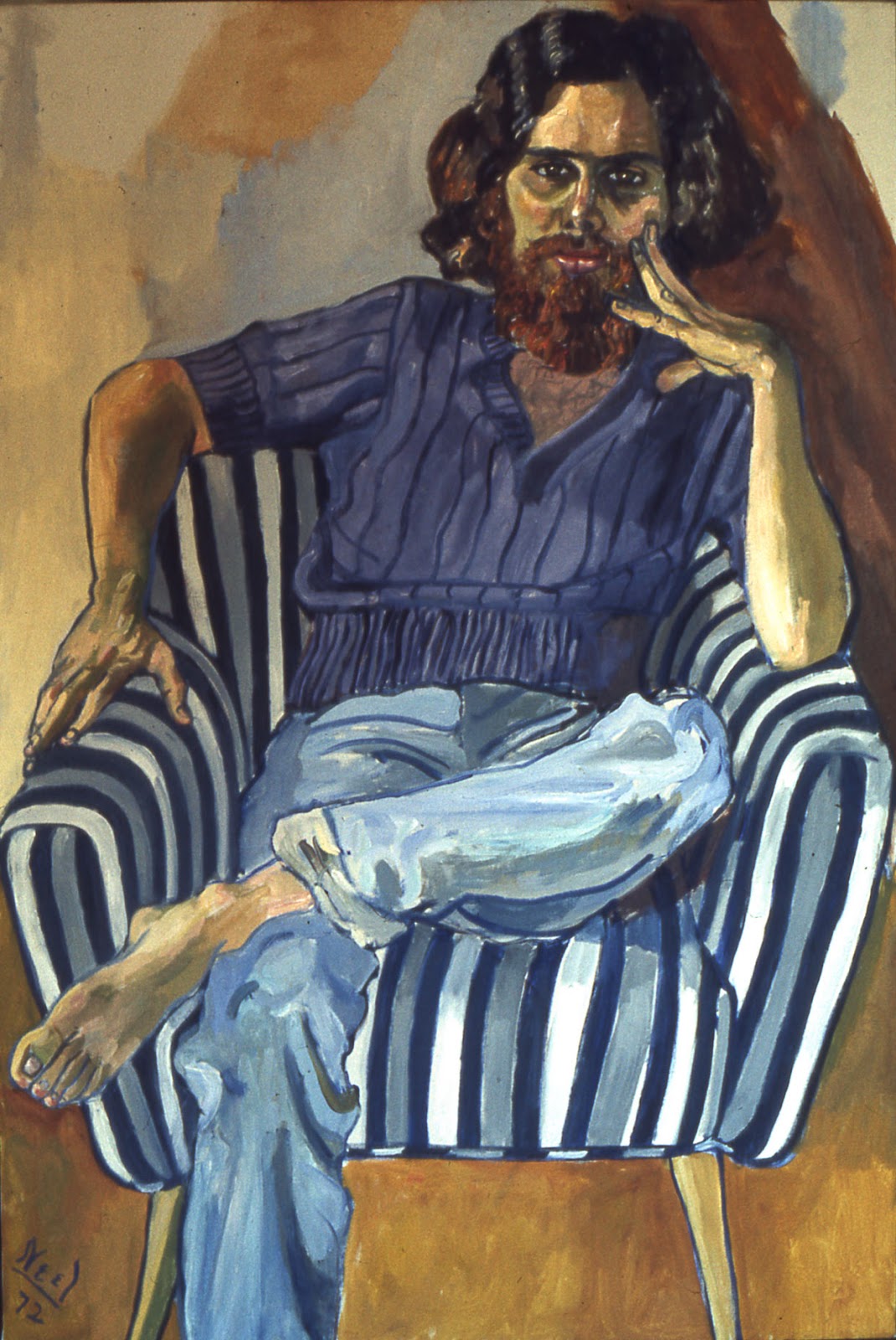
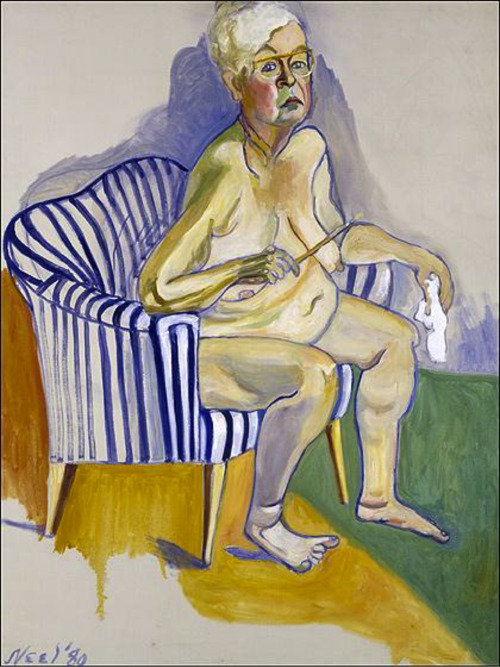
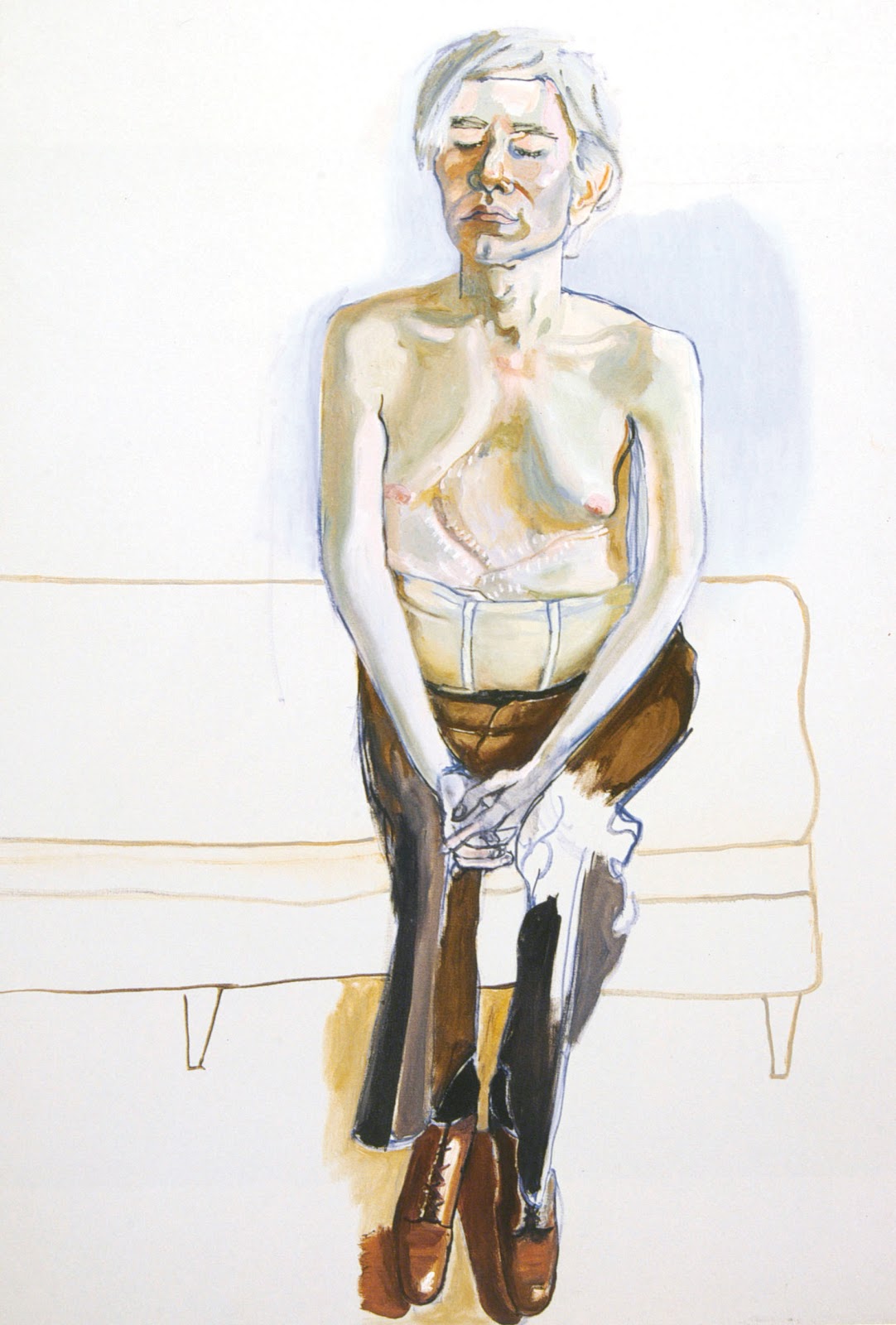
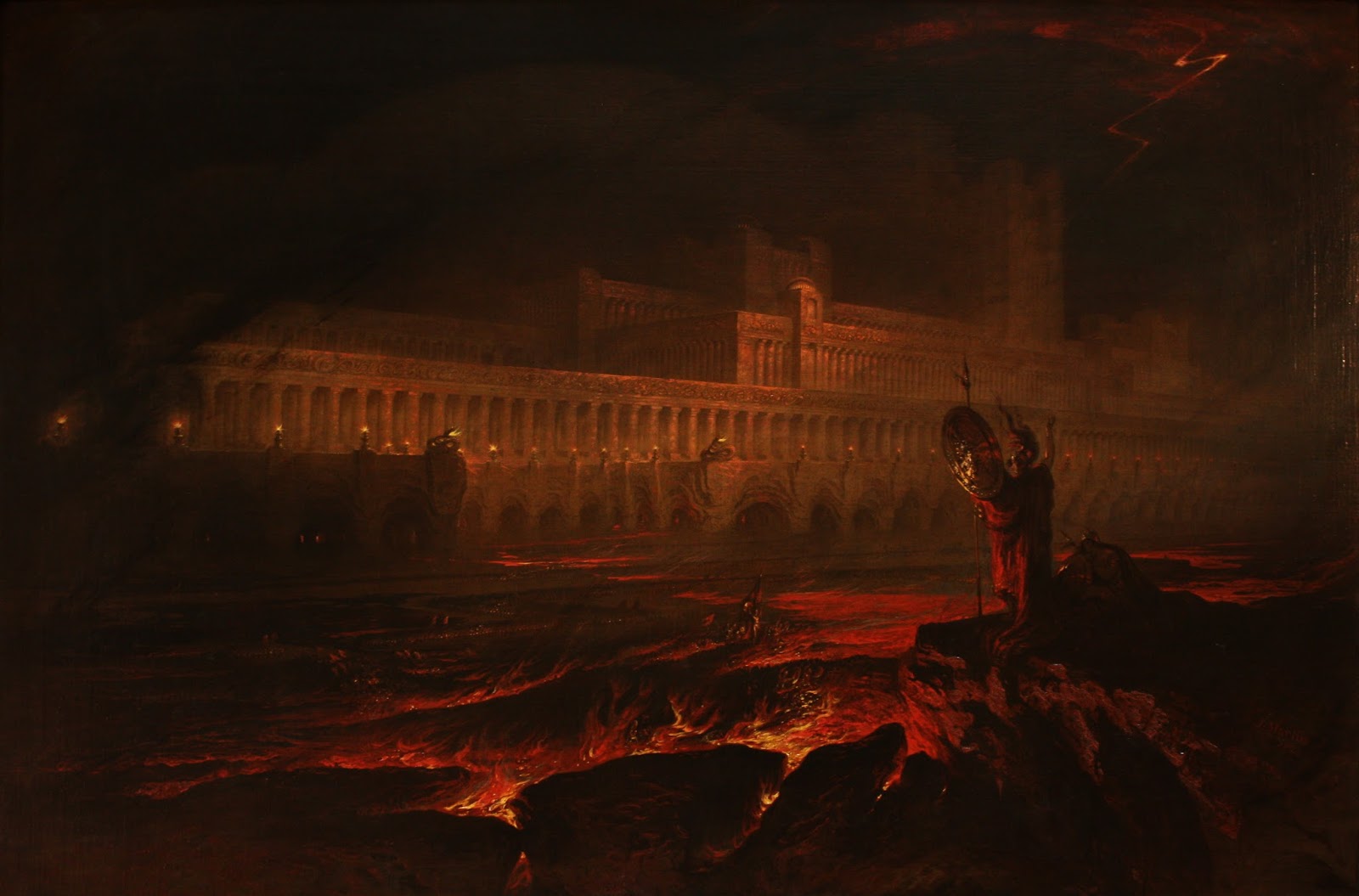
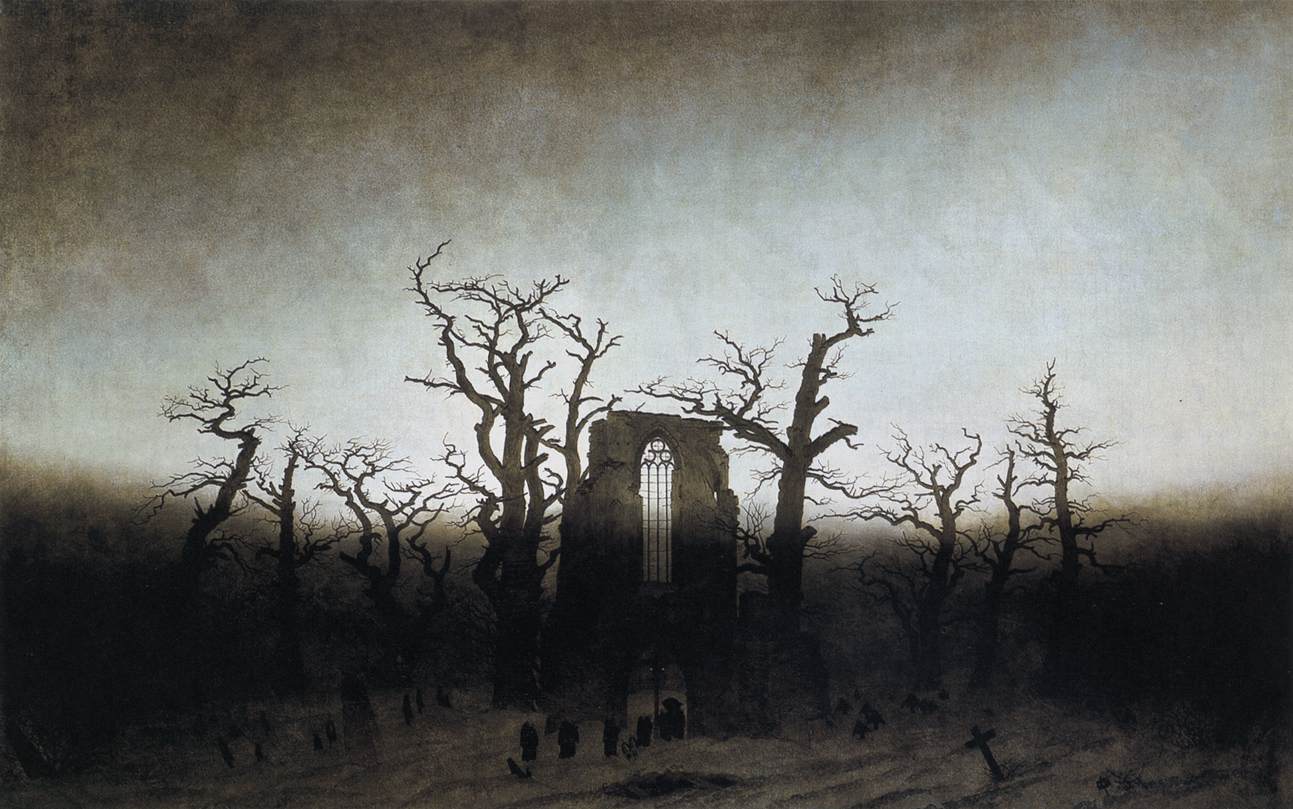
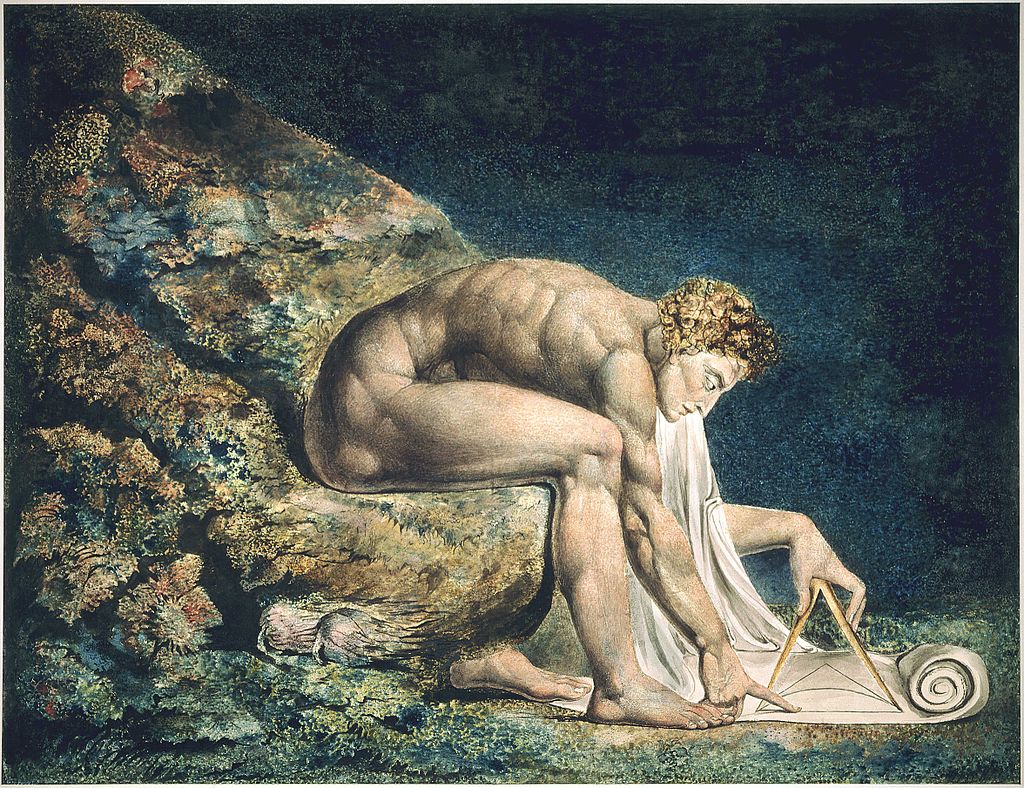
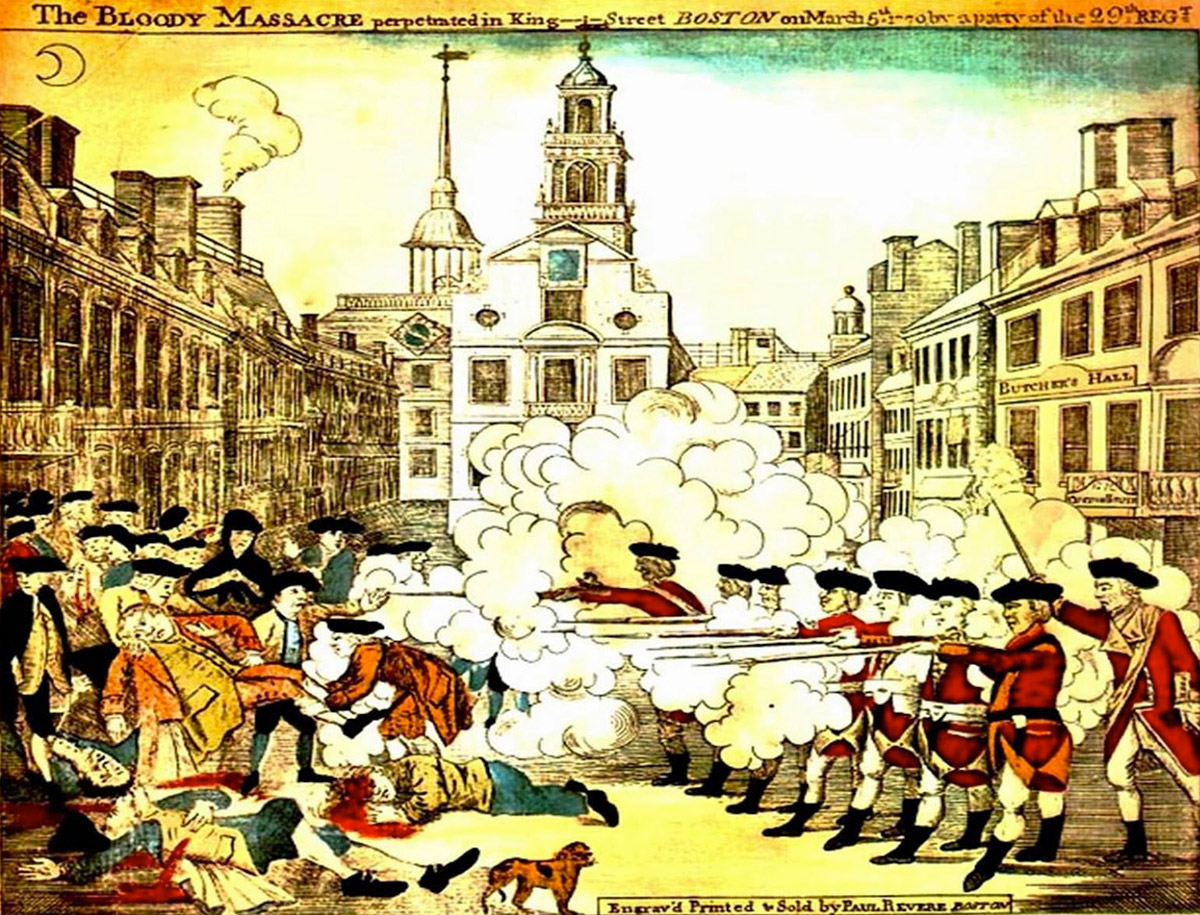
I really appreciate what you bring to this blog William. Although not a huge can of Neel's work I truly appreciate her courage and influence on contemporary art and illustration. But, of course, hers is also work that should be seen in person. It has a presence unseen through the limitations of the computer screen. A screen that limits most of us to fans of images but poor judges of real paint.
I second what Bill said. Really love these blog posts that bring focus to a different kind of artists and their work.
I'll be honest, I really dislike abstract art and the way people try to ram it down our throats on how awesome it is. I come to this blog to get away from that. I like art that takes skill, dedication and hard freakin' work to display composition, perspective, anatomy and proportion etc. If people like this art then I don't hold that against them but please keep it away from this place.
That is an extremely closed minded statement Rick. Not liking it is one thing but making a statement like “keep it away from this place” is simply ignorant. You cannot believe that you are the arbiter of what is good and bad can you? If you think what Alice Neel did took no skill or awareness then you need a little more education. Like I said above I personally am not a fan of her work but just because we may not like something does not mean it is not good or did not take as much skill as a narrative painting of a ship.
Just for your information her work is not abstract. In fact she was doing expressionist paintings during the heyday of abstract expressionism. Muddy Colors is too good an educational site to ban work because some of us don't like it.
Posts about people that paint like (half decent) second year painting/drawing majors aren't what I come here for either. I am aware that if I don't like it I don't have to look at it, but I don't really see the point of posting it here. It's like having a guest poster on a woodworking blog that posts about pottery. Okay. That might be interesting in its own right. Not really what you go to the blog for though.
I won't be surprised if a vocal majority disagree with me, and I don't want to tell Muddy Colours (my second favourite blog, just behind James Gurney's) what to post or what not to post, just expressing my opinion.
William,
“Her bold portraits have influenced painters and illustrators for years.”
Could you name some please? I hadn't heard of Alice Neel before, I'd be interested to see the work of illustrators influenced by her.
Bill,
Her work may not be part of an abstract art movement but it is abstract in a general sense as all figurative art necessarily is an abstraction of the subject. In this case a great deal more abstract than the work of an artist that cares about/has a command of; composition, perspective, anatomy, proportion, etc.
I like these kind of contributions. Every once in a while they can break up the rhythm of the usual posts, not to mention educate us a little more about the greater art world.
I'm not a big fan of Alice Neel either, not to mention many of the Modern to Post-Modern artists. But I'm sure glad that they did what they did. They busted open the doors of art language and broadened the perception of art. What a great time to be an artist, when so many methods and approaches have been explored and opened up to you, and your options are so great.
Keep 'em coming.
Expressing an opinion is great. My issue is with telling the people who post here what they should and should not post. Every single one of them has experience enough to know their particular field. I am just getting tired of unfounded criticism and the attempted steering of the Muddies' posts.
As far as abstract is concerned you can say that everything no matter how photo-realistic is abstract and certainly has it's formal roots therein but that's not what Rick was saying. And you list, as did Rick, formal aspects like composition, perspective etc. as if there is only one best way to use these tools. I would like to think as artists we are among the most open minded of people when it comes to what we do. We like and don't like what we may but to throw out a statement like “people that paint like (half decent) second year painting/drawing majors” is limiting and narrow minded.
You're woodworking and pottery statement is flawed. I can build quite of list of artists whom you probably admire who have been influenced by and enjoy the work of people whom you throw into the second year art major category.
But the bottom line is expressing our opinions is a wonderful right that we have but telling these people here, who spend so much time and effort to do this, what they should and shouldn't post because it may or may not jive with your opinion just isn't right. I'll leave the point of the post up to the poster but expanding our horizons as artists is never dangerous and usually helpful. It's not like we have limited memory on the internet.
Bill, you can label me as closed minded, ignorant and low educated, I don't care, I still stand by my comments.
Yes, I do think this is bad art, even young children will tell you if you put these up against a Giancola, Santos or Manchess painting. You don't need education to know what a human should look like.
I don't think Alice Neel has no skill, just very little of it. As many say, the proof is in the pudding.
I do agree with you Bill that Muddy Colors is a good educational site…as long it provides the RIGHT education. I hear from podcasts and forums of the art education that people have received. Spending all that money to find how to express the warm fuzzy feeling inside of you, what a joke. I feel very sorry for those folk.
I like many others don't have the the financial means or institutions to acquire good art education. That is why most of us rely on sites like this and those illustrators willing to share and help build our skills like I've already mentioned above. So what could I and many others hope to learn from posts like these?
I certainly learned something. After reading this post I went to look up Alice Neel, I found a lecture on her life and found it very intriguing and also found some great encouragement in her attitude to her work. It's not always about what the work looks like, sometimes there's something deeper behind that can apply to artists across genres.
Her approach to her figures also resonates with the work of another artist friend of mine, so I pointed her to the artist and she was very thankful as there are elements she can use in her work.
I say keep them coming.
Bill,
I hope you'll note I specifically said I do not want to tell Muddy Colours what to post or what not to post.
Every work that depicts a thing is inherently an abstraction of it, including a photo-realistic painting and including a photograph (cf. Ceci n'est pas une pipe). Various abstract art movements don't own the word abstract (especially not when spelt with a lowercase A).
To describe a painting that is many degrees removed from looking like the real-world thing it depicts as abstract, seems quite accurate.
But Rick's right here so we don't need to speculate on what he meant, we could just ask him.
I say “paint like (half decent) second year painting/drawing majors” because that's exactly what it looks like. I've spent a lot of time in tertiary fine arts education and Alice Neel's work looks very familiar. Students go through first year and are exposed to every ism modernism has to offer, they look at Matisse and Gauguin and van Gough and Schiele and Picasso, then in second year, full of boldness and ambition but lacking in ability and discarding skill they never had, they produce work resembling that which we see above.
For me, the most surprising thing in William's post was learning that Alice is not a contemporary artist.
How is describing something as what it looks like to me limiting or narrow minded?
You didn't explain how or why my woodworking and pottery statement is flawed. If you had a blog about 19th century salon exhibited academic classical realism, and once a month a guest blogger posts about (in a positive light) what Damien Hirst and Tracy Emin have been up to lately, would you agree that that would be a bit out of place?
Please write as extensive a list as you are capable of artists I may or may not like that have been influenced by or enjoy the work of people I would dismiss as on par with second year painting/drawing majors. I really enjoy learning about which artists artists actually like and have been influenced by.
Please ensure that an actual verifiable link exists though. I caught out a professor a few weeks ago claiming that Henri Rousseau was heavily influenced by Charles Darwin's Origin of Species. She later admitted there is no evidence that he ever even read the book.
Great post, Alice Neel is one of my favorite painters. Keep an open mind kids, this type of painting doesn't making an other type of painting any less awesome.
Also agree that this is a nice choice, if only for the sake of bridging the divide between fine arts and illustration. As someone who straddles that fence, I'm often disappointed that both sides tend towards mutual derision, or at least willful ignorance (not in all cases… but some of that's apparent in the comments here). People too often think that the fine arts are involved in this insidious plot to hoodwink the world with crappy art… just as the fine arts people sometimes brush illustration aside for being petty. Lower your shields, no one's out to get you. Let's enjoy making things we love and maintain our determination to be true to ourselves. I think that's the point.
I am really surprised how narrow a view you think the Muddies have. Wood working and pottery can have a lot to do with each other. I have a colleague who uses both in his work. A ceramist can certainly be influenced by a wood worker and vice versa. And again your 19th century example is flawed. Academic Realsim could not be influenced by Damien Hirst because he came much later.
You didn't specifically tell them what to and not to post but you saw no point. My objection only comes in the form of letting the Muddy Colors posters post what they feel is important. If one of them, and obviously one did, decides that Alice Neel is important we can disagree but not question them posting her work.
I too have spent quite a lot of time in higher education and try to teach my students to go beyond what they might see in a digital image and make every attempt to see a work in person. It is unfair to a painter like Alice Neel, who never had a clue her work would been seen in this form and was creating an object, to attempt to form an opinion not only for one self but for a whole site by only seeing her work in pixel form. William was trying to introduce us to possibly new work and artists that can expand out thinking and tastes. So your description is narrow minded to me because it is dismissive and you were making a point about it no belonging on this site.
I will start with two artists, partly because I don't have the time for an extensive research project to find links but also I made a poor assumption by guessing which artists you might like.
“I am the artist I am today because of my ability to shrug off the old subject matter (comics, realism, and science fiction and fantasy) and embrace something new which my teachers and professors were exposing me to: abstraction, post-modern theories, deconstruction, gesture drawing, impressionism, surrealism, cubism, sculpture, print making, digital media, etc…Without stepping into the unknown, I would have never truly challenged myself nor experienced anything new. I would have never learned what it felt like to fly, content to spend my time walking. I see many artists who, while technically proficient, are grounded far too much in their youth and the content they find comforting there.”
-Donato Giancola
The link is on this site.
Gary Kelley (TAD Faculty)
Mr. Kelley grew up looking at the illustrations of N.C. Wyeth, Howard Pyle, Maxfield Parrish, and the whole Brandywine School of art. Pablo Picasso is a favorite artist, and he loves Henri Matisse, Pierre Bonnard, and Henri Rousseau.
http://www.iowaartscouncil.org/programs/influence-and-inspiration/assets/bio-gary-kelley.pdf
I labeled the statement as close minded Rick. I don't know you so I am speaking to the comments you provided and apologize if you feel offended.
But this second set of comments from you is troubling. The RIGHT education? You are now the arbiter of the RIGHT education? The proof is in what pudding? And we are now relying on children to educate us?
If you limit your education to only the things you think you should know, how is that education? There is a whole world out there with information that might be helpful to you in ways you would never think of. Even with your statement of “I hear from podcasts and forums of the art education that people have received etc.” you are hearing only what you want to hear. There are plenty of us out here who praise our educations and wouldn't trade them.
My point is not about your opinion but about dictating what the Muddy Colors people can or cannot post. If you think you know more than these people here then start you own site and edit the posts. But for those of use who like to learn new things, whether in our wheelhouse or not, please don't discourage informative posts.
Abstract art is funny. It's so love or hate for most of us.
Personally, I never 'got' Van Gogh. I just couldn't understand what everyone was raving about. His paintings just looked inept to me. That was, until I saw them in person. When I first saw them in real life, I finally realized how sculptural and subtle they were. Completely against my will, they evoked a visceral response in me. It wasn't high art… it wasn't thought provoking… it didn't need to be deliberated or deciphered… it just needed to be enjoyed. That's it.
I expect the same might be said for Alice Neel's work. In most of the samples shown here, the figures are depicted close to life size. I've no doubt that standing in front of one of these, in real life, face to face, is rather disorienting, and somehow pleasing.
The point is, it's hard to judge stuff like this on your screen. It's not illustration and was never meant to be viewed this way. The next time you're at the National Gallery, take a peek at her work. Stand in front of it, and see how you feel. Who knows, you may change your mind.
Given a choice between a piece of gorgonzola and Velveeta, a child will inevitably choose the unsophisticated option. However, as she grows older and cultivates a curious palate, she will learn to appreciate different foods and may come to appreciate that which she once thought unappetizing.
Wow! that's a lot of comments! That's great! I love arguements, as long as they are civil and professional. Let me say that my mission statement for my Artist of the Month Series is to highlight artists that we may not normally talk about on a day-to-day basis in fantasy illustration, to try to bring some variety to the conversation of painting. Last month's contribution was on a renaisaince painter, and this one is about a 20th C. painter.
Art is a very BIG field, including poetry, painting, sculpture, drama, everything. To be an artist is to be open minded to a variety of ideas and styles. My purpose is not to preach to the choir and regurtitate the artists we all already know and love, but introduce artist's to the reader's outside what we do every day. Some artists I highlight I may not personally like myself, but are important to art history.
To answer a specific question, “Name one artist she's influenced” Answer: ME.
Thank-you “bill” for making my arguements for me, I can't put them better. I will keep presenting artists that you may like and others you may not like, I hope you will look at them all with the eye of an artist.
Thanks all for the passionate discussion.
WOC
Excellent. I've often used the analogy that I like McDonalds, and its the best selling food in the world, but no one would argue that it is Good.
Thank-you
Thank you for your insights…
Thank you Ryan.
Thank you. I like Alice Neel as well. I also like Beethoven and Mozart, even though I'm not a musician.
Thank you Kiri
Thank you.
I appreciate your posts William and welcome challenge. Challenge helps us learn to think. One of my favorite things is to introduce my students to the American Illustration annual. Filled with obviously wonderful illustrations but also with head scratchers that make them wonder why in the world it was juried into one of the most prestigious illustration annuals in the world the annual is great exercise. Looking at, thinking about and discussing work we may not like or do not understand might not result in us ever liking the work but sure can open our eyes and exercise little used parts of our brains.
Its all art. no body is ramming it down your throat. I'm sorry you feel that way.
Thank you Bill. Thaqt's what made Alice Neel so famous. She was Not doing abstract art when everyone was telling her she had to. I'm surprised by the reaction to a anti-abstractionist on Muddy colors.
Tyler- Thank you
“Challenge helps us learn to think.” Excellent. I hope you don't mind if I use that one.
WOC
So much (That I would have said) has been said already, but I'll add this.
It is a big mistake to hold everything up to representational art only or to view worth only through the prism of (one kind) of realism.
It was not that long ago that modern art, and those who celebrated only it, eschewed any form of representational art as dead or unworthy. Now it seems the same mindset has taken hold of some who champion only representational art and dismiss all else. A backlash I suppose. The pendulum will always swing back and forth. Not all is good in any form, school, discipline, style of art, whatever we call it, but there is worth in any of it.
The ones who are closed-minded are the ones who are missing out.
Who said “Name one artist she's influenced”?
I had a specific question for you, regarding a claim you made in the post. And that wasn't it.
The point of my examples is to gauge if there is any guest post on any given blog nonsequiter enough for you to think maybe the blog doesn't need it.
I personally think seeing work in person is somewhat overrated. Not that I don't like seeing work in person, not that I don't recommend seeing work in person, but a good image should work whether it's a .jpg on a blog or a 4x6m canvas in a state gallery. Take George Lambert's Across the Black Soil Plains. In reproduction you don't get a sense of scale and lose a lot of the detail in the darker areas, but it's still a magnificent image.
I've only ever seen the overwhelming majority of my favourite images as digital files over the internet or as reproductions in books. The few favourite artworks I have seen in person haven't changed my opinion of them, except Norman Lindsey. The scale and level of detail of his etchings is amazing, and his oil and watercolour technique was fascinating to examine up close. But that's an appreciation of technique more than appreciation of the artwork as a whole.
When I've seen work of artists I am unimpressed by (major Impressionist and Picasso exhibitions at the Art Gallery of NSW for example), I've only ever left with a lower opinion after seeing the work up close, in person, and being able to examine their technique or lack thereof.
I find “well you really need to see the original painting in person, this reproduction doesn't do it justice” to be a tired and weak argument. Yes it's a different experience seeing the original in person, no it's not going to suddenly turn it into a different image.
Imagine if every Rockwell or Leyendecker Saturday Evening Post cover came with a disclaimer on page one; 'Sorry about the cover, reproduction really doesn't do it justice, you should make an effort to see it in person.'
If you don't accept something, that doesn't make you closed-minded. Refusing to look at a post on a given artist and refusing to discuss their merits would be closed-minded.
Gary Kelley I hadn't heard of before, and I don't care for his regurgitated Cubism and Futurism.
I think I've seen the quote from Donato before, but I'd forgotten it, thank you for reposting. I know exactly what he means because I've been through exactly the same thing.
Going through formal fine art education has exposed me to countless ideas, artists, materials and techniques, and without it I'd probably still be scratching away with a .5mm mechanical pencil in one hand and a plastic eraser in the other on A4 copy paper, instead of holding a combination hair brush at arms length painting broad strokes of ink on a full sheet of single sized xuan paper. But I honestly don't see any nod to modernist, postmodernist or contemporary art in Donato's work, and you probably won't find it in mine either.
To your list I'd add Bob Peak. He had a great ability to raid modernist styles for decorative motifs.
http://polculture.blogspot.com.au/2008/08/fcla-friday-art-of-bob-peak.html?m=1
You are correct. You asked to see the work and names of artists that she's influenced. For one, myself.
Also, this attached article is a link to a website discussing a group show, the theme of which is all artists inspired by Alice Neel. Enjoy.
http://www.artdaily.org/index.asp?int_sec=2&int_new=38848#.UYkFP0T6S74
Hear, hear. Thank you.
Are you a painter Cole? As a painter I find there is nothing unimpressive about seeing artwork in person. My goal here is not to convince anyone to like any ism but to be open to the possibility of undestanding work outside a small sampling. I read David Teter's comment below and agree. There is a backlash among artists, particularly the young because they have not really experienced art other than through the screen or book, against anything not “realism”. So it's all about image and nothing else.
Your point about any good work needing to be successful both as reproduction and on its own is again flawed. And you use the word image where I would use the word painting or work. Some things do not rely on being solely image. Many earlier artists, Neel among them, never even considered reproduction certainly not like we have it now and were after something vastly different. So the pleas to see a piece in it's intended state is not to make one necessarily “like” the work but understand it in its true form. Again I am not trying to make anyone like something they don't. And you certainly can't believe the Rocksell, Leyendecker examples are even relevant. They were both illustrators who were very aware of their work being reproduced.
But that whole last paragraph was unnecessary as you made my point by writing “except Norman Lindsey”. If there is a chance that seeing something in real life will change your view of a work and/or an artist then all I ask is give something else a try. We jump on a judgement bandwagon because we are supposed if we belong to certain groups. If I'm conservative I surely can't believe in birth control etc. Again this is about possibilities not telling someone what to like.
When I speak of someone's influences it doesn't necessarily mean that it shows in the work. Surely you understand this. So again your point about not seeing modernist etc art's influence in Donato's work is simply argumentative. And I use Kelley because he is a realist of a sort and one of the most successful, influential, and admired illustrators/artists of our time. I put the caveat in there about not knowing who your favorites are.
And finally to your first sentence I would suggest again that if a Muddy Colors member decides that it is important enough to post I would give it my full attention. I may not like it but wouldn't question their point, especially if they made it. And certainly anything in the realm of what they deem “art” I would welcome. After all this has been a great discussion hasn't it. Something I don't get often enough where I live. Another reason I come here. I only wish we could all do it over coffee. Hey I'm going to SFAL2. I'll do as much of it there as I can.
I'm adding this addendum in anticipation of response. Of course there is an “unless” attached to that last paragraph that doesn't need to be written. I'm assuming this group won't ever broach subjects like, recipes for roadkilll that won't upset your goal of a slim figure.
Ok Bill, no worries about the closed minded comment 🙂
Yes, the right education, the basic fundamentals of draftmanship. The building blocks that allow us to produce works that are coherent and display those skills mentioned above. Learning those rules first are key to good art.
I love the innocence of children as they have a tendency to tell it the way it is. We can learn a lot from kids if we take the time and care to process it.
Dictating is a strong word Bill, I did in fact say please. It's something I felt strong about so I viewed my thoughts.
I really don't know where you are at in your education Rick but skill is only a start, an important start, but only a small piece of an education. Those who really do well, and even more, those who affect the history of art are the artists who have something to say.
When some says the RIGHT education to me it makes me think of a police state. There have been those all through history who have tried to control what is right and good in their minds. Artists should be the first to fight against a narrow minded view of what is RIGHT especially when it comes to art. Again, I am not telling anyone what to like or how art should affect them. But jumping on an artist and saying she has less skill than someone who can paint a photo representation of a person after seeing only a few things online reveals an uninformed bias. You say the proof of her lack of skills is in the pudding but that proof is really only in your pudding right? My pudding says that there are skills beyond the few that you mentioned far more difficult to achieve.
Please understand that I can't help commenting like a teacher. But the worst thing we can do is put a wall up in front of us in the early stages of our education. And I too love the innocence of children, have had four of my own, but they tell it the way it is with an extremely limited understanding of anything. If you put a drawing of Sponge Bob and Sargent's portrait of Madame x in front of kids which to you think they will choose as the best? There are certainly things we can learn from kids but not as much as we can teach them.
I don't know why I keep returning to this post but I suspect it's because I've never wanted my students to be the person in the gallery whispering, “This is art? My five year old could do better.” Like what you will but sometimes we can learn more from what we don't like or understand.
Bill, I agree the fundamentals are a start but I do think they are somewhat larger than just a small portion overall, that's just my opinion. It also depends on how the artist came to fame too, with that I'm sceptical, it's a broader scope.
The right education is the fundamentals and everyone has the free choice to take it or leave it. There is no you must do this or that that's up to the individual but those fundamentals will give you the required skills of competence.
Not just my pudding Bill, a lot of other peoples as well.
You say you see a skill far beyond the fundamentals which are very difficult to achieved. I think I'm starting to get somewhere now with our discussion.
So, correct me if I'm wrong but your saying that there is a skill that's “sight beyond sight” in her painting? I'm trying to see from your perspective so don't think I'm trying to take the Mickey out of you.
Four kids! man I've got two and they can be a handful at times…your brave;)
“There are certainly things we can learn from kids but not as much as we can teach them.” Point taken.
Yeah, they'll more than likely go for sponge Bob. But Sponge Bob and Madam X I consider both good art. Both have structure and good foundations but in different 'styles.' I know your probably thinking that this can be applied to abstract but I think Bob and Madam X in common have several fundamentals in their favour than say paint sprawled everywhere or as above in Neels examples which I see have a few but poorly executed. Am I making sense to you, can you see where I'm coming from?
Bill, I can understand your frustration with me but believe me I'm not trying to put a wall up. I'm one that views the evidence in front of me, and if I see its suspicious then I'm very sceptical. You are right, I would say “This is art? My five year old could do better.” Actually I've heard people say this and similar things regarding this kind of art. So what are you and those that love this stuff seeing what we obviously cannot see?
It's probably worth noting at this point that Sargent's Madame X was so poorly received at the time that it essentially shut down his career as a portraitist in France. Now, of course, we look at it with better eyes, and most now see it for the masterpiece it is (and that Madame Gautreau believed it to be when it was in progress). The very same painting, once considered a humiliating failure, is now a cherished treasure. What changed? We did. We learned to open our eyes and our minds a bit wider, and finally recognise what had been there all along.
We learn to see as children. We don't emerge from womb with developed vision, but rather teach ourselves over time. Personally, I don't believe that process ever ends. I believe it is open-ended, but shifts over time from our optic muscles to our minds. I know that as an artist, I am seeing things now that I simply didn't perceive 10 years ago, or even last year. Realising that, I immediately wonder what I'm missing right this minute, simply because I haven't yet taught myself to see it.
Well said Dave.
Skepticism is a good thing Rick if it leads to learning, especially where art is concerned. My point is not trying to get you to like the work but to dig deeper to find if there is more than meets the eye. And those fundamentals that you see in Sponge Bob are there in Neel's work too. There is no absolute for each one of those principles. No best way to compose, or use perspective etc. There are just different uses and combinations of those things that contribute or not to making a successful piece. “Successful pieces” will obviously never be agreed on. Even if you were to program a robot to use each one of those principles and tools “to the best of human understanding” someone would come a long and say, “Wow great technical skills but no soul.” So which is more important skills or soul? Both but every piece weighs more heavily in one direction than the other. Only once in awhile do we get a piece which more people than not agree is a masterpiece. So sight beyond sight is one way to put it. (a Mickey? you guys and the Brits have these great name calling things, love it) And knowledge can make one see better.
Don't get me wrong with all of this defense. I do believe there are charlatans and academic wagon jumpers in the art world most of it coming right now in the last 20-30 years. But even though I may not like some of the modern guys, Pollock, Warhol, even Picasso, I am keenly aware of their contributions to the art world and the power of some of their work.
Didn't want to write a treatise this morning. I just want to urge you to explore a little in your education. You may not budge much but even a little will open up new worlds.
Another article concerning the influence of Alice Neel on Contemporary Art…Enjoy
http://www.guardian.co.uk/artanddesign/2010/jul/11/alice-neel-painted-truths-review
Cole, and Rick too for that matter, actually 'artist of the month' means it will take a month to read through all the comments : )
…your comment regarding seeing/not seeing work in person seems more like it is rooted in our modern tendency to sit around and 'see the world' through our computer screens instead of getting out.
You also seem to be primarily concerned with technique when seeing art in person. Step back and LOOK man. An analogy…If you are walking around looking only for the color green you'll miss all the other colors in the world.
Schooled as an illustrator we were taught specifically the do's and dont's of producing art work for reproduction, very different than work produced without that concern.
The fine arts department, which all of us had classes in, did not have that concern.
As a student I was not keen on Degas' ballerina pastels, until I saw in person, then I was amazed at the difference. Remember, art before roughly mid-century had very little concern for reproduction and really does look better in person. Much art made for reproduction, especially painting, does not necessarily embrace all techniques of art making since many don't (mass) reproduce well.
I am not telling you you have to like it all just saying I think judging art ONLY through the filter of higher academic teachings needing to be present in the end result is short sighted. Although I might be trying to sway you into approaching and looking at art in a different way. Try it, at worst no harm will be done to you.
You basically said it yourself in your earlier comment “In this case a great deal more abstract than the work of an artist that cares about/has a command of; composition, perspective, anatomy, proportion, etc.”
Her work being more expressionist need not have those concerns, If you are making a pot of stew you have no concern what ingredients make a cake. Doesn't mean she can't a bake a cake.
Better to judge on it own merits and how well it communicates those concerns. That is a better measure of good or not.
Too many today see the pinnacle of art ending with 19th century academic realism art and all should be judged against it to determine value.
For me being open minded is forgetting my initial impression and giving things a chance, after all maybe I am the one who doesn't get it (at first). I find that frees my to really look longer.
Edward Hopper for example I did not care for much at first. Later, I began to study, read about and understand what he was doing and became a fan of his work. He was very capable of academic realism. He simply chose to explore other ideas and part of that was dusting away at least some of those same teachings to better communicate those ideas. In fact a purely academic approach can hinder sometimes.
I could go on but for now at least I'll stop.
Yep, well said Dave.
I guess it will be awhile before I obtain my sight beyond sight. I know where your coming from Bill and it's been an interesting discussion, I'll take your words into consideration.
2010 Article in the New York times on the Influence and legacy of alice Neel on contemporary artists…enjoy
http://www.nytimes.com/2010/04/25/arts/design/25neel.html
Rick is clearly somewhat insane judging by his profile, or maybe I am the insane one for posting a reply nearly 4 years later, who knows.
Me becoming interested in these comments nearly seven years later…